
“Responsible Consumption and Production” is the topic of this unit.
■ Learn the vocabulary and expressions related to production and consumption
■ Get to know and share your thoughts on the countries addressing the challenge of sustainable production and consumption
■ Give a presentation related to responsible consumption and production







| 1. | What happened to rivers, lakes, and aquifers? |
| Rivers, lakes, and aquifers are ______________________________. |


| 2. | Did you do your research on the sub-textbook? Did you find an activity to solve city and community issues? Please tell me what the organization/association does and how you feel about it. |




In the next part, we are going to learn about “Responsible Consumption and Production”.

| 1. | Where is Spain? A, B or C? |
| The answer is _________. |



| 2. | What can you see in the pictures? Please describe as many as you can from each picture. |
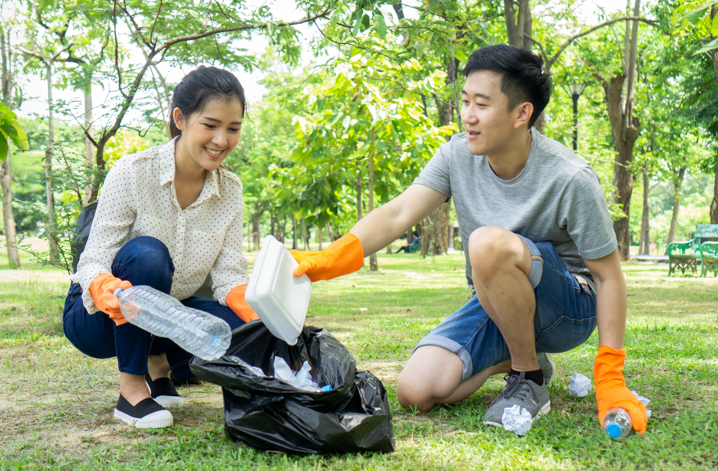 |
 |
| Answer: |





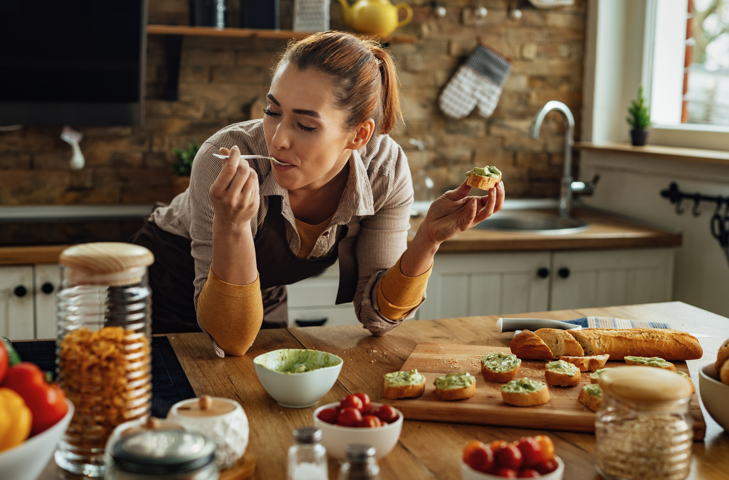
|
consumption 消費
Annual food consumption has risen from 20 to 25 percent per country.
|
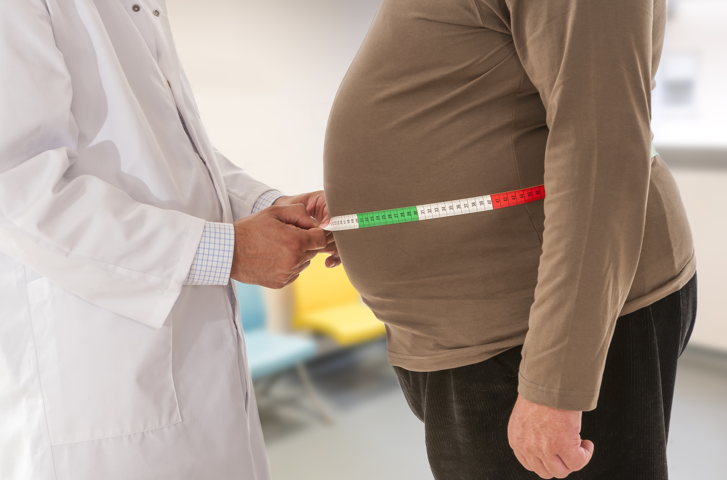
|
overweight 太りすぎの
Overweight people are more likely to suffer from hypertension.
|
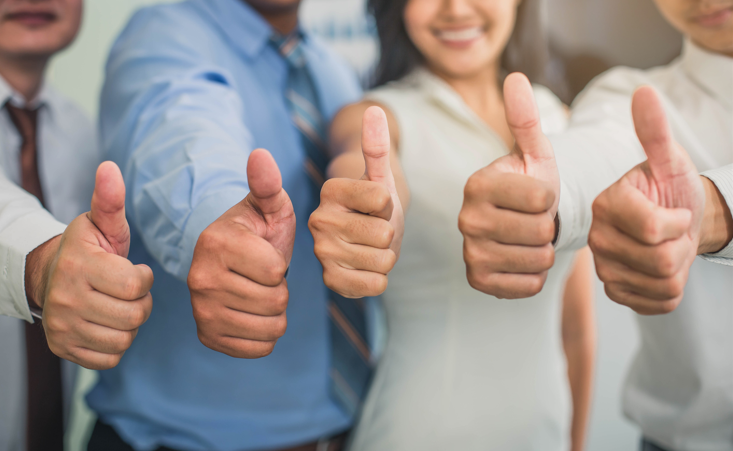
|
ensure 保証する
We must ensure the continuity of water supplies.
|

|
efficiency 効率
Most countries have started to find ways to improve energy efficiency.
|




| 1. | The _______________ of junk food in most Western countries is alarming. |
| 2. | She used to be _______________, but with proper diet and exercise, she lost 7 kilograms. |
| 3. | ___________ that all waste is disposed of properly and safely. |
| 4. | By encouraging recycling, we can improve the _______________ of responsible consumption. |




Then, let’s move on to the next part.

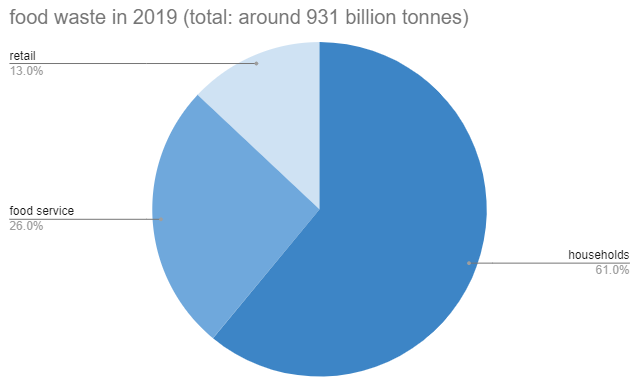
A decrease in land and marine environments, declining soil fertility, excessive water usage, and overfishing harm the ability to produce food. In 2019, approximately 931 million tonnes of food waste were recorded, with households accounting for 61% of the total. When food is lost or disposed of, all of the resources used to produce it are also wasted. Reduced food loss and waste can help ensure environmental sustainability and efficiency.


| 1. | Based on the passage, what is wasted when food is lost or thrown away? |
| Answer: |

We can help by choosing sustainable options whenever possible and aiming for zero-waste fashion. We may shop at a vintage or thrift store for clothing. We can donate garments to charities or sell them at consignment stores if we no longer wear them. We can also save water by washing our clothes less frequently.
We can put pressure on businesses to stop polluting the water and adopt sustainable practices if we buy from sustainable and local sources.


| 2. | What can happen if we purchase from sustainable and local resources? |
| Answer: |






| To be a good consumer, what factors should we consider when shopping? Give two ideas and reasons. |
| 1. | |
| 2. |


| Opening | Good morning/ afternoon/ evening. Today, I’d like to talk about (theme). I’ll discuss two things we should consider when shopping. |
| Body |
① (first factor and reason) ② (second factor and reason) |
Closing | These are two factors worth considering when shopping. |

| Opening | Good morning/ afternoon/ evening. Today, I’d like to talk about (theme). I’ll discuss two things we should consider when shopping. |
| Body |
① __________________________________________ ② __________________________________________ |
| Closing | _____________________________________________ |



| Answer: |




